As a rock-climbing beginner, it can be daunting especially climbing outside. 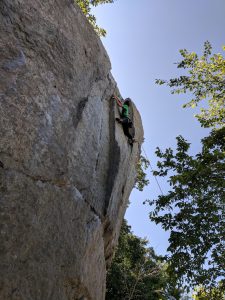 First of all, start practicing your climbing indoor in a gym near you. It is much less intimidating and you can practice at any time when the gym is open.
First of all, start practicing your climbing indoor in a gym near you. It is much less intimidating and you can practice at any time when the gym is open.
You saw other people climbed up a route and it seemed so simple and effortless but when you tried, you kept falling off. You may wonder what was I doing wrong? Perhaps I am not strong enough. I need to work out more such as weight lifting or do more upper body exercises. That takes effort and time. Then life pass you by and your weight training dwindled because you got distracted with other obstacles in life.
Do not give up. You are successful because you are showing up at a climbing gym and giving it a try. Once you are there, pet yourself on the back because it is the first step of stepping out of your comfort zone. Good job!!!
To start rock climbing, it is not all about strength. I have seen people who were totally ripped with muscles and had a hard time climbing. I saw kids without the muscle mass like the weight lifter and crushed a hard climbing route. I saw women who climbed with amazing grace, agility, and strength.
Rock climbing has a lot more to do with your legs and core along with balance and flexibility. Strength does come in handy but not until you climb harder routes such as 5.10 and up. Here are ten rock climbing techniques for beginners that I found very helpful for me when I rock climbed. It is a good foundation for any climbers.
Stretching
It is a great benefit to stretch your body before you do any exercises. It does not matter if you are young or old. It is helpful to warm up your muscles to prevent injuries that could take months to recover when you can take only ten to 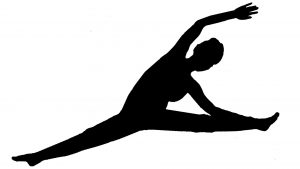 fifteen minutes of your time to stretch before climbing.
fifteen minutes of your time to stretch before climbing.
- You can use yoga stretch such as down dog position, triangle pose, etc
- Stretch out your hamstring, left thigh, and right thigh by doing lunges or sitting down in a straddle position. I did not stretch my hamstring before I sprint one day and that was a mistake. It took me more than six months just to recover. I still have occasional pain with my hamstring.
- Stretch your arms by bringing your left arms straight across and in front of your body and use the opposite arm to keep your straight arm in place. Do it to both arms.
Warming Up
Pick several easy routes such as 5.6 or 5.7. Climb up and down once or twice to warm up your body after your stretches. This keeps the blood pumping without tiring yourself out. I find climbing down is sometimes even harder than climbing up. It requires more of your forearms to bring your body down.
Sticky Hands
This is a great exercise to improve your hand placements. Find an easy route to practice. Imagine your hands has a special glue to each of the fingers and your palm. Once you touch a hold, you can not allow your hands to be re-positioned. It is stuck in that position until you move that hand to a new hold. If you re-positioned your hand deduct yourself a point. This way you can keep track of your hand positions and set a goal to improve each time you practice.
Silent Feet
Once again choose an easy route. Move like a ninja and positioning your feet with precision. Target a foothold and position your feet on the exact surface you would like to contact. Transfer and lightly lunge your weight to the foothold. You can combine the sticky hands exercise with the silent feet. This requires total focus and concentration. No slamming the feet against the hold.
Hang with Straight Arm(s)
When climbing notice the position of your arms and elbows. 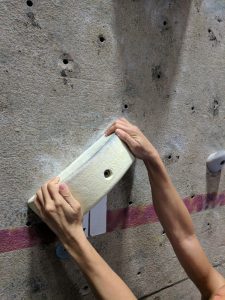 I keep my arms and elbow straight as much as possible. This helps redistributes my weight using the bigger muscles such as my back and shoulder. When my elbow is bent, all my weight relies primarily on my forearm, biceps, and the small muscles around my elbow. This causes a lot more stress on my elbow. This often creates a tennis elbow injury especially when you first start out.
I keep my arms and elbow straight as much as possible. This helps redistributes my weight using the bigger muscles such as my back and shoulder. When my elbow is bent, all my weight relies primarily on my forearm, biceps, and the small muscles around my elbow. This causes a lot more stress on my elbow. This often creates a tennis elbow injury especially when you first start out.
Body positioning – Body positioning is important. Sometimes to move from one hold to another, you can use your body momentum (activating the core) to swing to the next move. Most of the time, I have three positions secure on the rock, either both of my feet secure on two holds and one hand on another or two hands on two positions and one foot on another. I try to keep one hand or one foot free as often as possible. This allows me to shake my hand or arm out as often as I can to keep the blood circulate and prevent stress or cramping.
Hip Against the Wall
Especially when climbing an incline, I find putting my left or right hip against the wall depending on where I am on the wall prevents me from pulling off the wall.
Pivot Your Feet
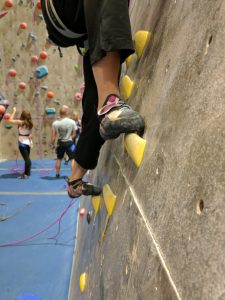 I find pivoting your feet at an angle near the wall to bring your hip closer to the wall. This is really helpful, especially for beginners. Use the large and strong muscles in your thighs and hips with the body momentum to step up to the next hold instead of focusing only using your hands and arms to pull your whole body weight up to the next move. Use your arms and hands for balance.
I find pivoting your feet at an angle near the wall to bring your hip closer to the wall. This is really helpful, especially for beginners. Use the large and strong muscles in your thighs and hips with the body momentum to step up to the next hold instead of focusing only using your hands and arms to pull your whole body weight up to the next move. Use your arms and hands for balance.
Use the Edges of the Shoes and Transfer your Weight
The rock climbing shoes are made with special rubbers to keep you sticking to the wall. Trust your shoes and learn to use the edge around the front tip of your shoes. Find the center of gravity positioning and shift all your weight to the ball of the foot on a hold. This will help you learn to maximize your shoes and becoming aware of your footwork.
Warming Down
After your fun day of climbing, do not forget to warm down the body. Similar to Warming up, choose several easy routes. Climb up and down several times to allow your muscle to relax from your day of climbing.
Remember the more you climb the better you become. However, do not forget to give your body a break as well to recover from overusing your muscles. I often climb two to three times a week: Tuesday, Thursday, and Saturday. If you choose to climb every day, make sure to alternate your climbing exercises utilizing different muscles. The muscle will need a few days to recover.
There is a common pun phrase that I totally love – “Seven days without climbing make one weak.” Get it? This is so true. When I missed seven full days without climbing, I found myself feeling very weak.
Have a fun time exploring. Any other techniques you would like to share or have a question about? Please leave a comment below. I love to hear your thoughts.


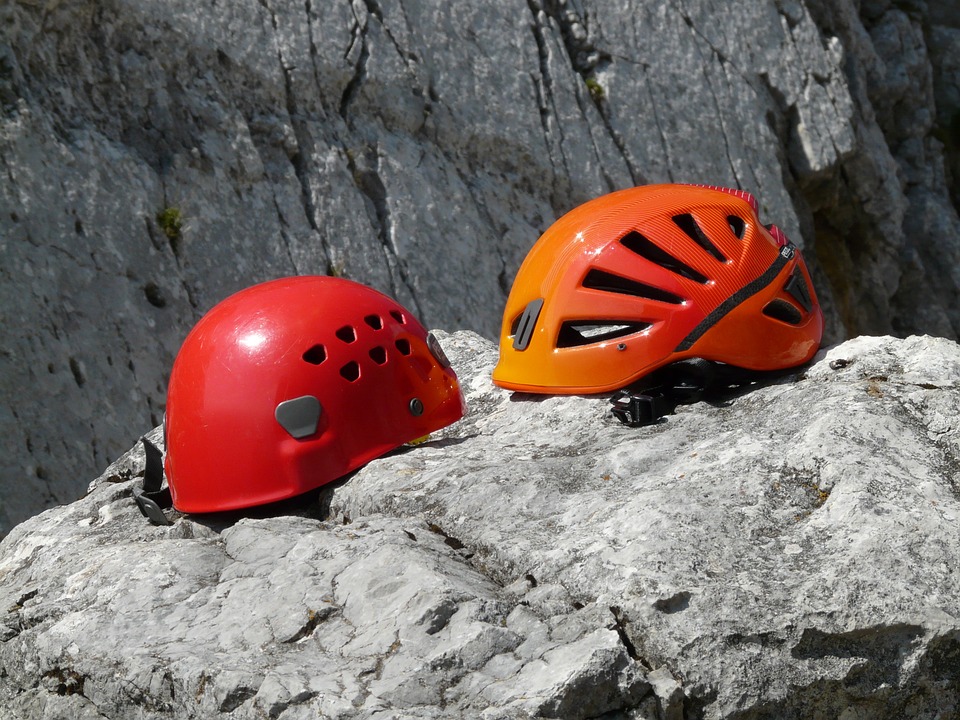


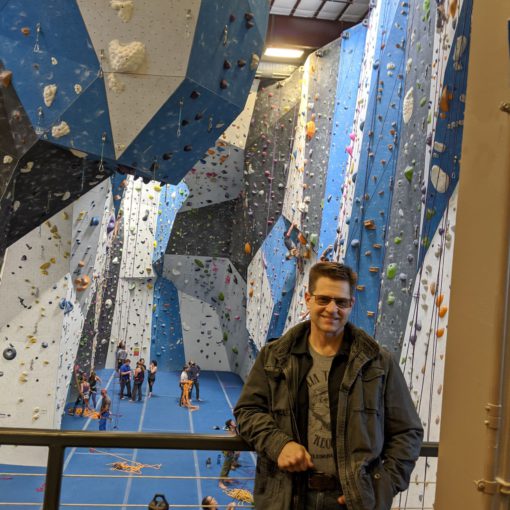
2 thoughts on “Rock Climbing Techniques for Beginners”
You make it sound so easy! I’m curious. I have a lot of weight to lose. In fact, I weigh 230 pounds. Do you think rock climbing is for me, or do you think I should lose more weight before trying?
It’s a catch 22 scenario. It is definitely easier when you are lighter however you need to start somewhere. However, do not be hard on yourself. Start with baby steps. Do not to expect to lose the weight over night with rock climbing. Like any exercises or programs, how bad do you want to lose the weight? It does not hurt to give it a try. If you like it, you may want to do more. I hope that helps.